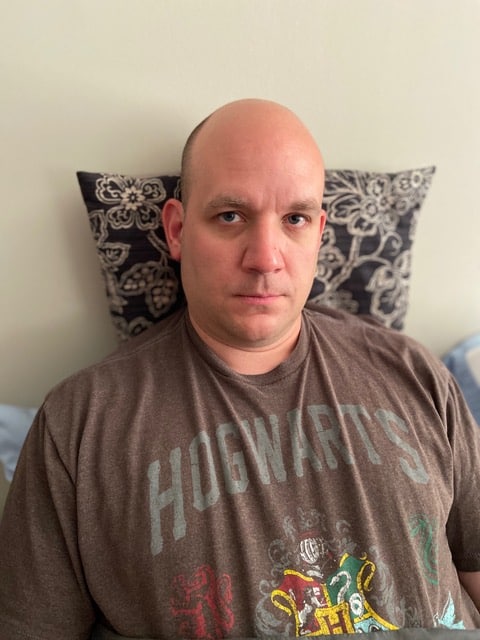

keeping the bedroom at a comfortable temperature.going to bed at the same time every night.Home-based management techniques may include: In many cases, it is possible to manage insomnia with at-home care. The neurological effects of COVID-19 can also lead to insomnia in people with long COVID. Research suggests that most people with long COVID experience neurological symptoms. They found that about 22% of participants reported experiencing insomnia. In a 2022 study, researchers analyzed sleep disturbances among people with long COVID. But acute insomnia during COVID-19 may turn into chronic insomnia, especially among people with lingering COVID-19 symptoms or long COVID. In some cases, insomnia may resolve after recovery from COVID-19. Sleep problems were the most common neurological symptoms found among these study participants.

Around 2% of participants had symptoms of clinical insomnia.Īnother study from 2021 found that nearly 60% of people with COVID-19 experienced sleep problems. Researchers found that about 17% of participants had mild insomnia symptoms. Insomnia and COVID-19Ī 2021 study examined the rates of insomnia among people with active COVID-19. People with acute or long COVID may have a greater risk of developing insomnia. Studies have also found that insomnia can be a symptom of COVID-19. The COVID-19 pandemic increased the rates of insomnia among the general population. Depression, social isolation, and psychological distress could all contribute to disrupted sleep patterns. Scientists believe the added stressors of the pandemic may have led to these higher rates of insomnia. The rates of insomnia worldwide remain higher than they were before the pandemic. Research has found that rates of insomnia increased during the COVID-19 pandemic.


 0 kommentar(er)
0 kommentar(er)
